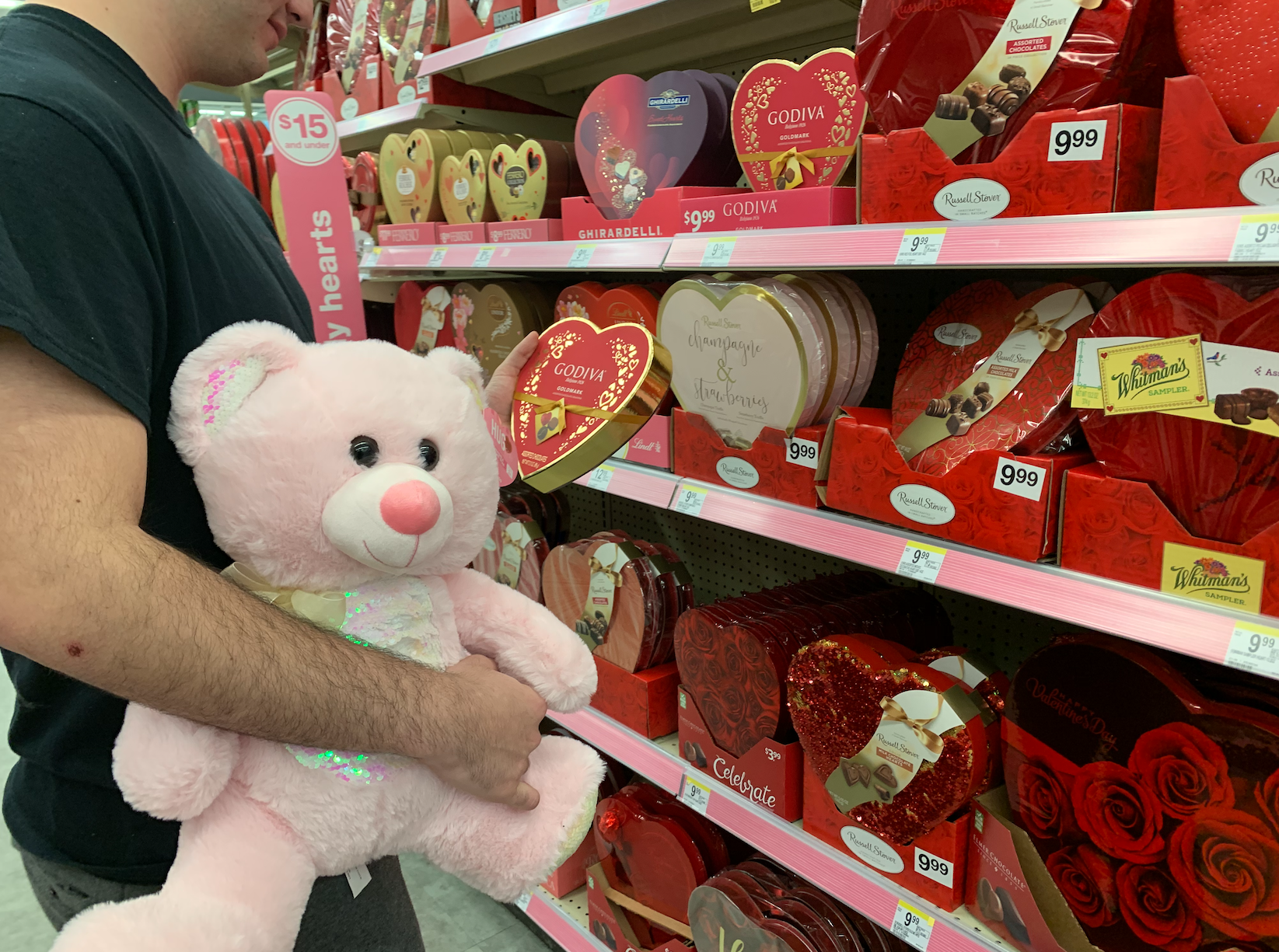Practically everyone knows what is in store when the calendar flips over to February: hearts, flowers, romance, love. Valentine’s Day. Falling exactly in the middle of the month, the holiday is the literal heart of February.
Unfortunately, it also tends to mean an increase in prices for certain items and a push for consumers to spend money for the sake of their partner’s happiness. While this is a typical trend among holidays now, unlike Christmas and Thanksgiving, which are draped in traditional practices, it seems as if there is nothing more to Valentine’s Day than the commercialism.
Originally, the holiday was named after Saint Valentine. Unfortunately, according to History.com, the exact story behind the saint, including even which Saint Valentine the holiday was named after, is “murky.” The story often thought of is that of a Roman priest during the third century who performed marriages for lovers in secret after then Emperor Claudius II “decided that single men made better soldiers than those with wives and families” and banned young men from getting married. Once Valentine was discovered, he was jailed and sentenced to death for his actions. In prison, he fell in love with his jailor’s daughter and wrote her a love letter signed by the now well-known phrase “from your Valentine.”
While many might then assume that Feb. 14 was chosen for Valentine’s Day to remember the anniversary of his death, it is speculated that the Christian church actually began celebrating it in the fifth century “in an effort to ‘Christianize’ the pagan celebration of Lupercalia … a fertility festival dedicated to Faunus, the Roman god of agriculture, as well as to the Roman founders Romulus and Remus.”
According to History.com, the holiday wouldn’t get any true romantic connotations until during the Middle Ages, when it was thought that birds began mating on Feb. 14. Geoffrey Chaucer, an English poet, was the first person to actually refer to the holiday as a day of romance when he mentioned the birds mating on the holiday in his 1375 poem “Parliament of Foules.”
Modern Valentine’s Day traditions would begin in the 17th century, with friends and lovers trading back and forth “tokens of affection” and notes, which would be replaced by mass–produced cards in 1900. However, with these mass–produced cards came the beginning of the commercialization of the holiday. Over time, the focus turned from simple love and romance to items to buy and give to your loved one into a holiday that asked a lot more of those celebrating, such as flowers and heart-shaped boxes of chocolates that were added to the holiday in the 1860s by British company Cadbury’s.
In 2016, it was estimated that people in the U.S. alone would spend $19.7 billion on Valentine’s Day, with over $1 billion on just cards, according to Time.com. TheBalance.com predicts this number will increase to $27.4 billion this year. Part of this comes from the rise in prices each year around this time.
The greatest example of this price increase can be found in red rose sales. A clear example of the price change comes from Bankrate.com, “One florist, Kristi Pohly of Fleur Decor in Denver, says her cost for roses has more than doubled since Christmas. She pays $2.07 per stem, up from $1.05 at Christmas. Last year for Valentine’s Day, she paid $1.75 per stem.” This example of increased price from year to year and from the previous months is the same for most staples of the holiday such as jewelry, chocolates and other flowers.
Some Winthrop students agree that it feels like Valentine’s Day has become more about money than love.
“It’s a waste of money. I love the thoughtfulness of it, but everything goes up in price,” Kerron Scurry, freshman, said.
Steph Emerson, a freshman English major, says that for them, “it depends on the person. Most people don’t find it to be about romance anymore.” They went on to say that, as an example, they wouldn’t just buy someone chocolates for Valentine’s Day, they would get them chocolate when they wanted to.
Kat Murray, a freshman psychology major, feels like the idea of “the bigger and more extravagant gift(s) you buy for your partner, the better” is completely wrong. Murray would rather “take a letter any day than some pricey jewelry I probably wouldn’t even wear, it just doesn’t mean as much to me than say a letter from the heart.”
Despite the feelings of disdain towards the money-focused side of Valentine’s Day that is becoming an ever–growing issue, the holiday is still seen by many for what it truly is: a day to share the love with those we care about most.
Photo: Victoria Howard/ The Johnsonian




